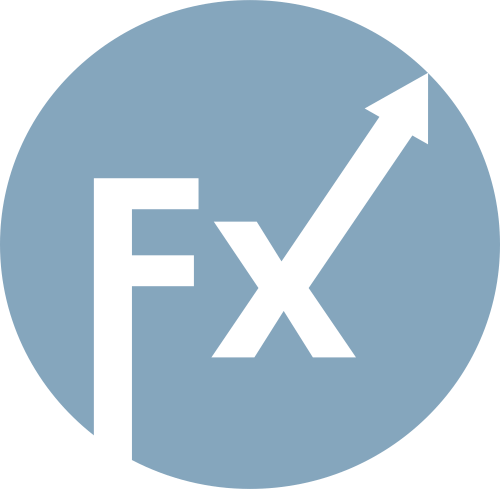Akcie australské letecké společnosti Qantas Airways v pondělí vzrostly o více než 5 % na měsíční maximum v návaznosti na pokles cen ropy poté, co OPEC+ signalizoval rychlejší zvyšování těžby.
Ceny ropy klesly o více než 2 dolary za barel poté, co se OPEC+ dohodl na zvýšení těžby druhý měsíc po sobě, a to navzdory klesajícím cenám a očekávání oslabení poptávky.
Letecké palivo je pro letecké společnosti klíčovým nákladem a klesající ceny vyvolávají naději na zlepšení ziskovosti. Společnost Qantas utratila ve fiskálním roce 2024 za palivo 5,32 miliardy australských dolarů (3,44 miliardy USD), což je téměř o 17 % více než v předchozím roce.
„Investoři (očekávají), že slabší ceny energií budou znamenat dobrou zprávu pro zisky letecké společnosti,“ uvedl Tim Waterer, hlavní analytik trhu v makléřské společnosti KCM Trade.
Pokles nákladů na pohonné hmoty přináší úlevu v době, kdy Qantas čelí silné konkurenci ze strany společnosti Virgin Australia, která se připravuje na primární nabídku akcií na konci tohoto roku.
Podle údajů australského regulačního úřadu pro hospodářskou soutěž měla společnost Qantas a její nízkonákladová odnož Jetstar ke konci prosince přibližně 65% podíl na australském domácím trhu, zatímco Virgin měla 35% podíl.
The U.S. dollar reacted with a decline to Wednesday's data release from ADP Research. According to the report, the number of jobs in American companies unexpectedly decreased in September. Although this was partly due to data adjustments, the company stated that the figures continue to confirm the overall downward trend. The data point to sluggish employment growth, weaker demand for new hires, limited layoffs, and modest wage increases.
"This month's data once again confirm what we are seeing in the labor market: U.S. employers are being cautious about hiring," said Nela Richardson, ADP's chief economist. The report, published jointly with Stanford University's Digital Economy Lab, noted that wage growth continues to slow gradually. Wages for job changers rose 6.6%, the lowest figure in a year. For those who remained in their jobs, wages increased by 4.5%, nearly unchanged from the previous month.
This troubling signal casts doubt on optimistic forecasts regarding the resilience of the U.S. economy. Analysts are divided on whether this is a short-term anomaly or a harbinger of a deeper economic downturn. The potential consequences for consumer spending and the broader market look quite serious. Lower employment could reduce disposable income, which in turn would negatively affect retail sales and investment.
Close monitoring of labor market dynamics is becoming critically important. If the trend of declining employment continues in the coming months, the Federal Reserve may be forced to maintain its course of loose monetary policy—something current Fed Chair Jerome Powell would prefer to avoid.
The ADP data is likely to become the most significant labor market report of the week, as the Trump administration announced it would delay the release of September's official employment data, scheduled for tomorrow, due to the government shutdown. Some on Wall Street remain skeptical of ADP's data, preferring figures from the U.S. Bureau of Labor Statistics. However, President Donald Trump's dismissal in August of Bureau of Labor Statistics Commissioner Erica McEntarfer following a disappointing jobs report has raised doubts about the reliability of the Bureau's data and whether it can remain insulated from politics.
As for the current EUR/USD technical picture, buyers now need to break above 1.1745. Only this would allow them to target a test of 1.1790. From there, a move to 1.1820 is possible, though achieving this without strong support from major players will be difficult. The ultimate target is the 1.1845 high. If the instrument falls toward 1.1710, I expect significant buying interest. If none appears, it would be preferable to wait for a retest of the 1.1680 low or to consider long positions from 1.1650.
As for the current GBP/USD technical picture, pound buyers need to overcome the nearest resistance at 1.3490. Only this would open the way toward 1.3530, a level that will be difficult to break above. The ultimate target lies at 1.3565. If the pair declines, bears will attempt to regain control of 1.3440. A break below this range would deal a serious blow to bull positions and push GBP/USD toward the 1.3400 low, with prospects of reaching 1.3365.

RYCHLÉ ODKAZY